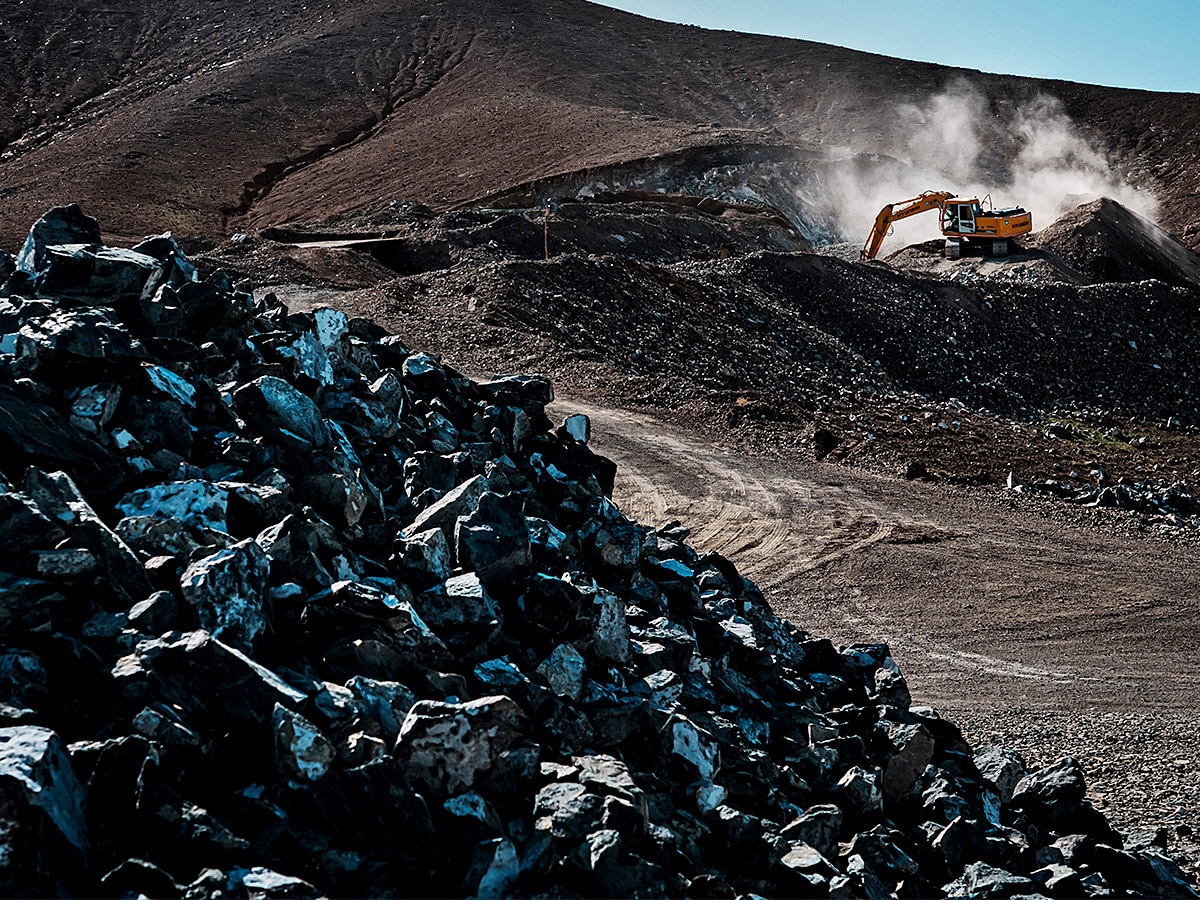At its investor day event on 1 March, the electric vehicle (EV) maker announced that, since 2017, it had reduced the amount of rare earths in its Model 3’s drive unit by a quarter, and signalled its intentions to eliminate them altogether. But the drop in overall demand for rare earths will be minimal, so Tesla’s plans are unlikely to impact shares in China Northern Rare Earth and Lynas.
- Tesla’s plan to go rare earths-free leads to sell-off in China Northern Rare Earth, Lynas and Pilbara.
- The EV maker’s decision will lead to a modest 2% to 3% drop in near-term demand for neodymium-iron-boron magnets.
- The VanEck Vectors Rare and Strategic Metals ETF, which holds all three stocks, is down 12% in the past month.
Rare earth and critical metal stocks including China Northern Rare Earth [600111.SS], Lynas [LYC.AX] and Pilbara [PLS.AX] pulled back in March after Tesla [TSLA] revealed that its next drive unit won’t contain any rare earth materials.
Rare earth magnets, which are mostly made from elements like neodymium and praseodymium, are considered an effective way to power EVs, but “[u]se of cheaper—though less performance- and efficiency-focused—technologies is likely to become more widespread,” Nils Backeberg, founder of Project Blue, told Bloomberg. The consultancy produces market intelligence on supply chains and critical metals for the energy transition.
The China Northern Rare Earth share price is down 9.2% in the past month through Monday. The Lynas share price is down 22.4% in the same period and recorded a 52-week low on 23 March. While Pilbara isn’t focused on rare earths, negative sentiment has dragged the lithium miner down 15.3%.
Diversifying the rare earth magnet supply chain
One of the main reasons Tesla wants to steer away from rare earths is to lessen its exposure to China and geopolitical risk in general.
More than 70% of rare earths are mined in the country, data shows. China exported a total of 49,000 tonnes of rare earths last year, down 0.4% from 2021, while the export value was up 63% to $650m. China Northern Rare Earth is the country’s biggest producer.
While Lynas is the largest producer outside of China, its home of Australia only had a 6% share of the rare earths market last year. The US accounted for 14.3% of production.
The lack of diversity in rare earth magnet supply chains is “a key concern for the industry within the geopolitics of critical materials”, Backeberg told Bloomberg.
The US and Canada are aware of the need to secure and strengthen the domestic rare earths industry. US President Joseph Biden and Canadian prime minister Justin Trudeau have agreed on a one-year energy transformation taskforce to “accelerate cooperation on critical clean energy opportunities and supply chains”, including rare earths mining.
Earlier in March, Ottawa announced $14m in funding for six mining projects. Two companies focused on rare earths, Search Minerals [SMY.V] and Geomega Resources [GMA.V], received $5m and $3m respectively, reported the Financial Post.
Rare earths demand to remain high
Tesla’s plan to be rare earths-free isn’t expected to make a significant dent in demand for the critical metals.
Independent research group Adamas Intelligence estimates that the EV industry accounted for 12% of neodymium-iron-boron (NdFeB) magnet demand last year. Of this, Tesla was responsible for between 15% to 20%, putting its overall share of NdFeB magnet demand at 2% to 3%.
“[T]he global NdFeB market stands to lose a mere 2% to 3% of demand in the near-term, and maximum 3% to 4% over the long-term assuming Tesla maintains its EV market leadership,” wrote Adamas analysts.
As the EV race continues to accelerate, increased investment in the rare earths industry could lead to new discoveries, boosting investor interest and sentiment, argued Canaccord Genuity [CF.TO] analysts in an industry update published in February and seen by Proactive Investors.
As geopolitical risk stemming from China increases, Canaccord Genuity expects there to be a “rush” to secure supplies from elsewhere. This could help to elevate the US, Canada and Australia's market share and benefit rare earth miners like Lynas.
Funds in focus: the VanEck Vectors Rare and Strategic Metals ETF
Given the recent Tesla news and the fact markets have been dragged lower by the broader sell-off sparked by the current banking crisis, it is perhaps unsurprising that investor sentiment on the rare earths theme has soured.
The VanEck Vectors Rare and Strategic Metals ETF [REMX] has given up the gains it had made since 1 January, and is down 1.2% year-to-date and 11.7% in the past month.
China Northern Rare Earth is the fund’s second-biggest holding as of 24 March, accounting for 8.64% of total assets held, while Pilbara and Lynas are third- and fifth-biggest with weightings of 6.47% and 5.69%, respectively.
Pilbara and Lynas have also been allocated 1.58% and 0.92%, respectively, of the Optica Rare Earths and Critical Materials ETF [CRIT]. The fund is down 5.5% year-to-date and down 8.2% in the past month.
Disclaimer Past performance is not a reliable indicator of future results.
CMC Markets is an execution-only service provider. The material (whether or not it states any opinions) is for general information purposes only, and does not take into account your personal circumstances or objectives. Nothing in this material is (or should be considered to be) financial, investment or other advice on which reliance should be placed. No opinion given in the material constitutes a recommendation by CMC Markets or the author that any particular investment, security, transaction or investment strategy is suitable for any specific person.
The material has not been prepared in accordance with legal requirements designed to promote the independence of investment research. Although we are not specifically prevented from dealing before providing this material, we do not seek to take advantage of the material prior to its dissemination.
CMC Markets does not endorse or offer opinion on the trading strategies used by the author. Their trading strategies do not guarantee any return and CMC Markets shall not be held responsible for any loss that you may incur, either directly or indirectly, arising from any investment based on any information contained herein.
*Tax treatment depends on individual circumstances and can change or may differ in a jurisdiction other than the UK.
Continue reading for FREE
- Includes free newsletter updates, unsubscribe anytime. Privacy policy





